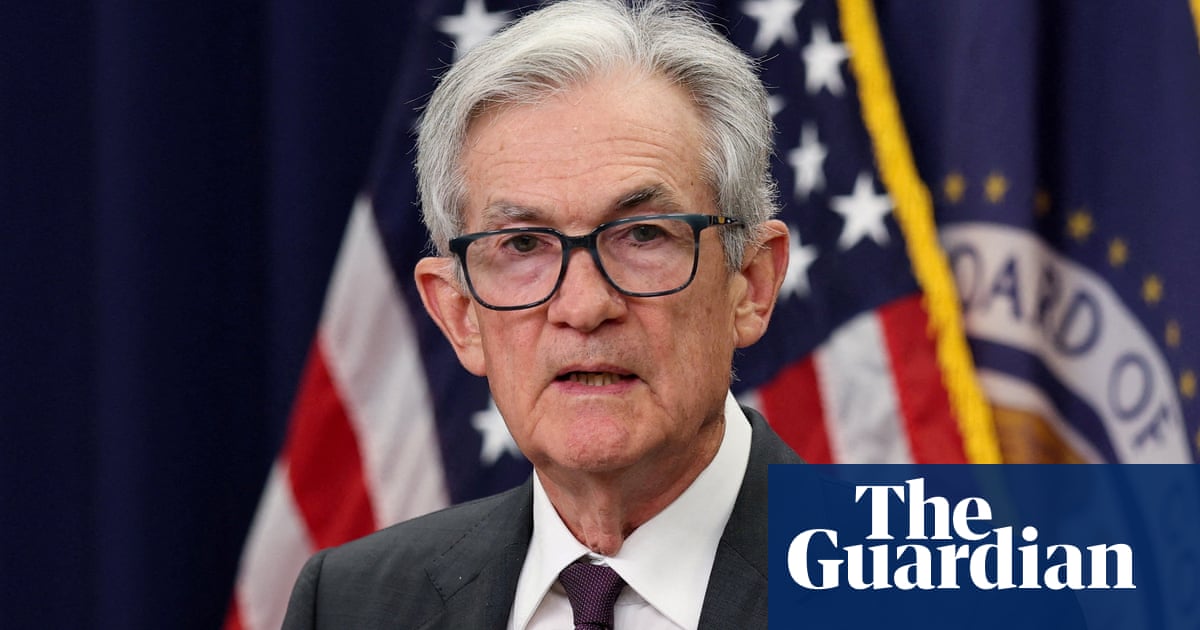A
What happened
On Wednesday, the Federal Reserve announced its first interest rate cut since December, lowering rates to a range of 4% to 4.25%. This decision comes as the labor market shows signs of slowing, with job gains decreasing and unemployment rising to 4.3%, the highest since 2021. Fed chair Jerome Powell highlighted the risks posed by inflation, which has increased due to tariffs imposed by Donald Trump. Powell warned that while the tariffs might lead to a one-time price increase, there is a risk of persistent inflation. The Fed's decision is also complicated by political tensions, as Trump has criticized the Fed for acting too late and has attempted to remove Fed governor Lisa Cook. The economic landscape remains uncertain, with concerns about potential stagflation if both unemployment and prices continue to rise.
★
Key insights
-
1
Interest Rate Cut
The Fed cut rates to stabilize the labor market.
-
2
Inflation Concerns
Rising inflation due to tariffs poses risks.
-
3
Political Tensions
Trump's criticism of the Fed complicates decisions.
Takeaways
The Federal Reserve's rate cut reflects ongoing economic challenges and political pressures.
